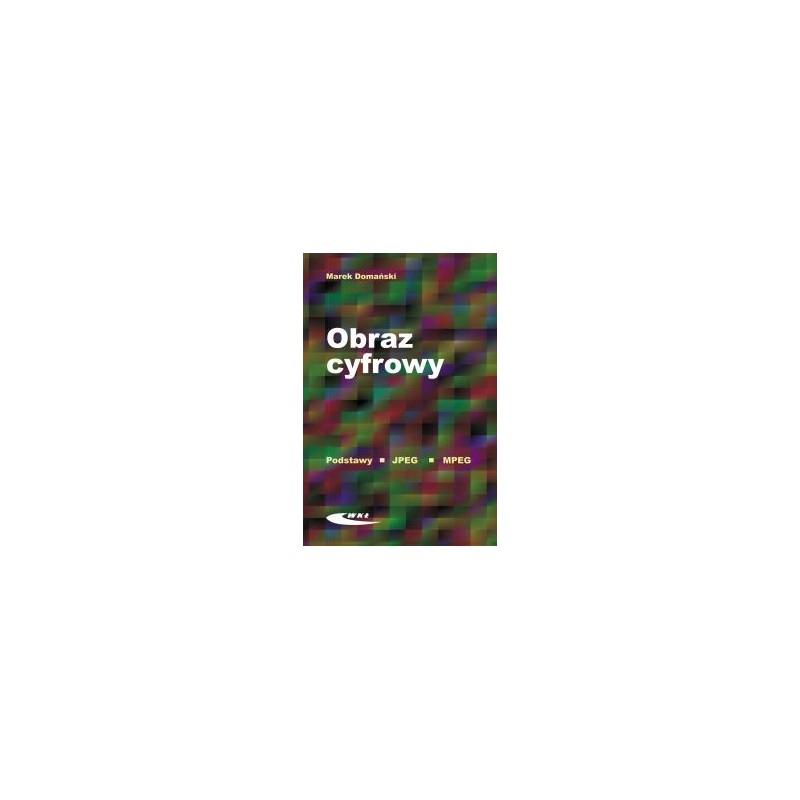- Out-of-Stock



No product available!
No product available!
No product available!
No product available!
No product available!
No product available!
Arducam-F Rev.C+ Camera module shield with OV2640 for Arduino UNO MEGA2560 DUE. ArduCam B0051+B0011
No product available!
ROSA3D filament made of high-quality PET-G granules. 0.8 kg of filament with a diameter of 1.75 mm is wound on the spool. ROSA3D PET-G Standard Black
No product available!
No product available!
No product available!
Black plastic wheels designed specifically for use with FEETECH FS90R micro continuous rotation servos. The wheels have silicone tires and measure 60 mm (2.36″) in diameter. Two additional mounting holes for 4-40 screws make it possible to use the wheel with several of our universal mounting hubs. The wheels sold in pairs. Pololu 2819
No product available!
No product available!
No product available!
No product available!
BleBox SaunaBox Pro is a modern sauna controller that provides remote temperature control, a control panel, and advanced operation schedules. Equipped with an external antenna, it is perfect for outdoor garden saunas, offering extended WiFi range and full control from anywhere in the world
No product available!
No product available!

